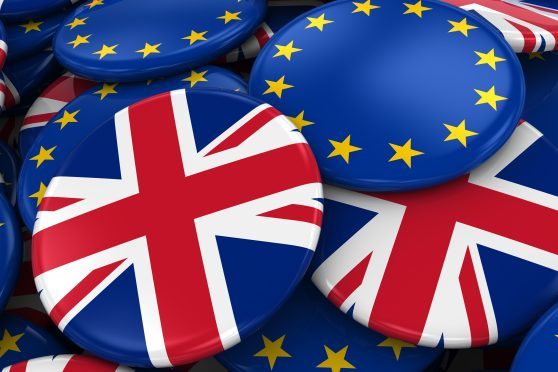Euan Smith, Associate for Stronachs, discusses whether an European divorce could bring trouble and strife for employment lawyers.

Employment laws, vital to the health and sustainability of the UK jobs market, are among a number of crucial regulations which could be affected by Britain’s potential departure from the EU.
Rhetoric from both sides over the impact of a departure from the union has stoked sustained argument – with the referendum now only a week away.
The TUC is so concerned about the prospect of the UK parachuting out of Europe that it has commissioned Barrister Michael Ford (QC) to draft a legal opinion on the potential employment law consequences.
Running to 66 pages, that opinion notes that “all the social rights in employment currently required by EU law would be potentially vulnerable”.
A large proportion of current UK employment law comes from the EU including; discrimination rights, collective consultation obligations, Transfer of Undertakings regulation, family leave, Working Time Regulations – an area where the PM has already spoken of potential change – and duties to agency workers.
In theory, if there was a vote to leave, the UK Government could repeal all of the relevant legislation in these areas and, although this is unlikely the current Government has sought to deregulate in a number of areas already and many see changes in employment legislation as inevitable following any Brexit.
We have seen major changes in employment law over recent years, the most significant of which were the increase in the qualifying period for unfair dismissal claims and the introduction of Employment Tribunal fees.
These changes could certainly be said to favour business and it would seem realistic to expect further modifications in a similar direction, if the UK is no longer bound by EU law.
However, any change is likely to be a slow process, with two years’ notice due for member states wishing to leave the EU.
Discrimination laws, covered by the Equality Act 2010, implement the UK law on discrimination and this is primary legislation. This would therefore remain in force even if the UK opted to leave the European Union. However, without EU constraints, it is felt a cap might be imposed on discrimination compensation similar to that for unfair dismissal.
Statutory paid holiday rights are well established and attempts to remove them would be deeply unpopular with workers and trade unions. However, given David Cameron’s confirmed interest in amending the Working Time Directive, some changes may well follow.
New developments, such as accruing holidays while on sick leave and holiday pay being based on all aspects of remuneration (not just basic pay), have proven unpopular with business. Many consider a leave vote could result in ‘pro-business’ changes, for example, to the limit on maximum working hours.
The issue of freedom of movement and the implication for the control of immigration is a fundamental question for many supporters of Brexit. Many nationals of other EU member states live and work in the UK – if the exit were secured, they would no longer have the automatic right to remain. Meanwhile, thousands of UK nationals continue to live and work in other EU countries.
There are suggestions the Government could negotiate an amnesty whereby EU migrants could stay in the UK, at least for a reasonable period, in return for UK citizens being able to remain where they are.
The UK might then introduce an immigration system for ‘new’ EU migrants, similar to that which operates for non-EU citizens.
This would no doubt reduce immigration but it would not necessarily prove popular with businesses and public sector employers, many of whom rely heavily on freedom of movement to have a full and appropriately skilled workforce.
It has also been pointed out that, if the UK is to achieve a suitable trade agreement with the EU (upon any exit), it might be compelled to accept freedom of movement as part of that deal.
Whatever changes Government wishes to make, they have to take account of practical realities such as the constraints of newly negotiated trade deals and pressure brought by external interest groups.
We are perhaps now seeing greater clarity as regards plans (for example) for any trade deal as the true implications of a Brexit become more apparent. Given that the momentous vote is only weeks away, this is not before time.
